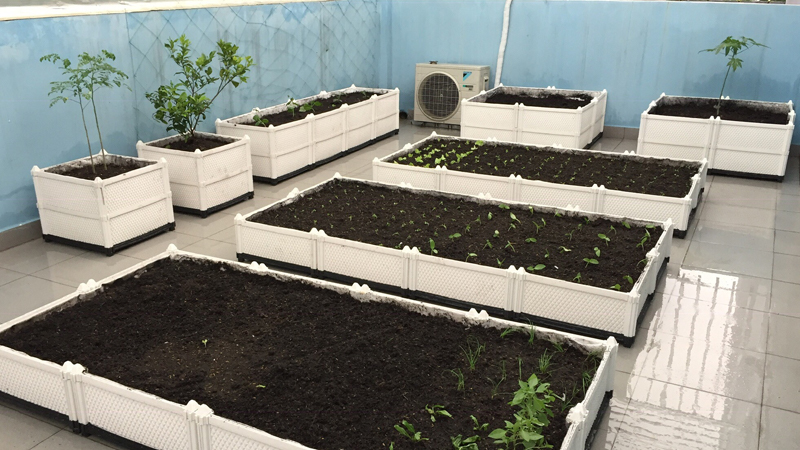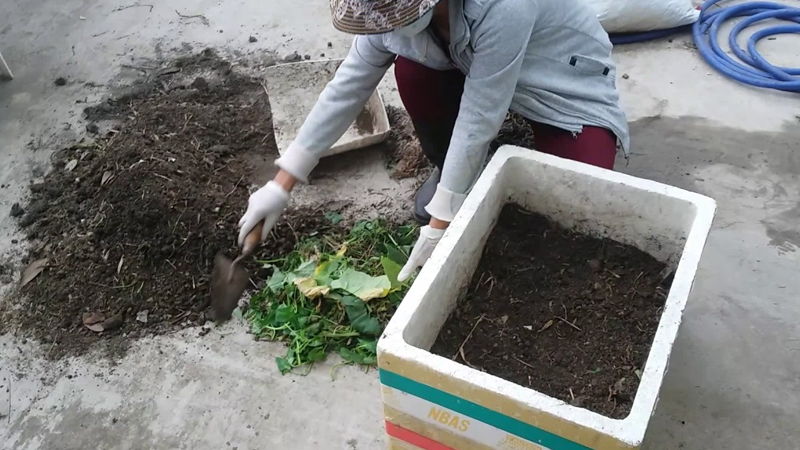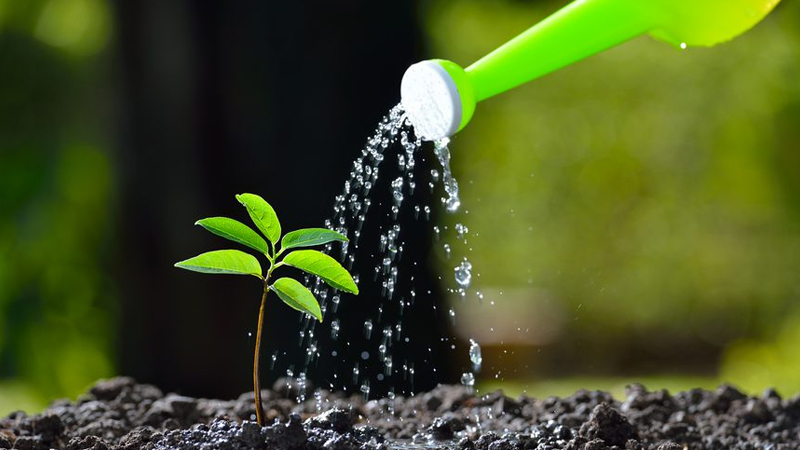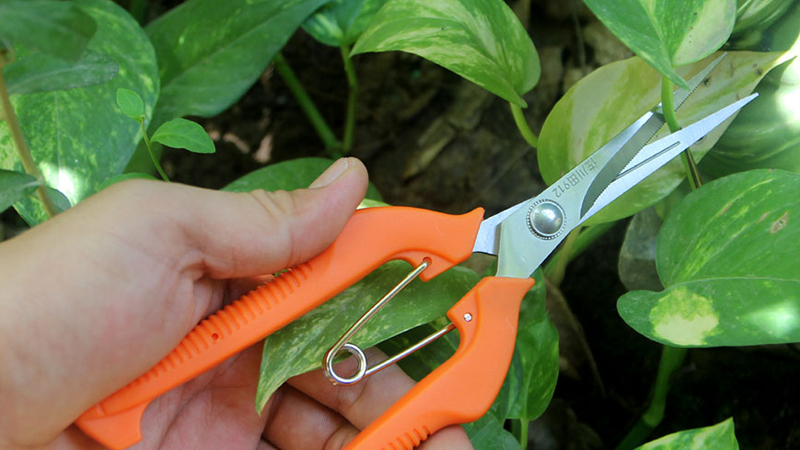Sweet potatoes are known for their cooling properties and sweet taste, and have long been a familiar ingredient in most Vietnamese households. Today, there are many farms growing high-quality sweet potatoes.
However, with a few important considerations and techniques, we can grow this nutritious food at home.

First, it’s important to note that sweet potatoes thrive in sunny conditions, so make sure to place them in a sunny, well-ventilated area. The soil should also be loose and airy, not too dry.
Choosing a Container
You can choose any type of container (or bucket, depending on your resources) as long as it has enough depth and space for the sweet potatoes to grow comfortably.

Soil Selection
The ideal soil for sweet potatoes is light and fluffy, with a bit of sand for moisture retention and good drainage. You can also mix in various types of fertilizer such as worm castings, chicken manure, and peat moss to boost the nutrient content of the soil.

Experienced gardeners suggest that liming the soil and letting it sit for 7-10 days before sowing can help eliminate potential diseases.
Planting Techniques
There are two main ways to plant sweet potatoes: using cuttings or seeds. However, planting from seeds is simpler, less labor-intensive, and more effective, as follows:
After preparing the soil, spread the sweet potato seeds on the surface, making sure to gently press them into the soil so they don’t wash away when watered. Maintain a distance of 8-10 cm between seeds. Then, sprinkle a small amount of soil over the seeds, and if possible, add some straw to the surface of the container before watering.

Care Techniques
In the initial days after sowing, water the sweet potatoes once or twice a day to keep the soil moist and encourage seed germination.
If done correctly, you should see sweet potato sprouts and leaves emerging within 7-10 days. After another 5-10 days, if the leaves are too dense, thin them out to concentrate the plant’s nutrients on the developing tubers.

Twenty days after sowing, apply a diluted nitrogen fertilizer to stimulate the plant’s growth. Be careful not to overwater, as this can lead to waterlogging.
Once the sweet potato plant has developed stems and leaves, reduce watering to once every 2-3 weeks.
Pro tip:
If you notice the plant starting to flower, snip off the buds and young shoots to encourage tuber development.

Keep an eye out for pests and aphids that can harm the plant’s health and treat them promptly to prevent stunted growth.
Harvesting
After three months of care and attention, it’s time to reap the rewards of your labor. When the leaves start to turn yellow and wither, you’ll know it’s time to harvest your sweet potatoes. So, with a little patience and dedication, you can easily grow this highly nutritious and cooling food at home.

In a time when chemically-laden produce is prevalent, growing your own sweet potatoes is a great way to ensure the health and well-being of your family. We hope that this guide has empowered you to start your own sweet potato garden. Wishing you and your family good health and happiness!






































